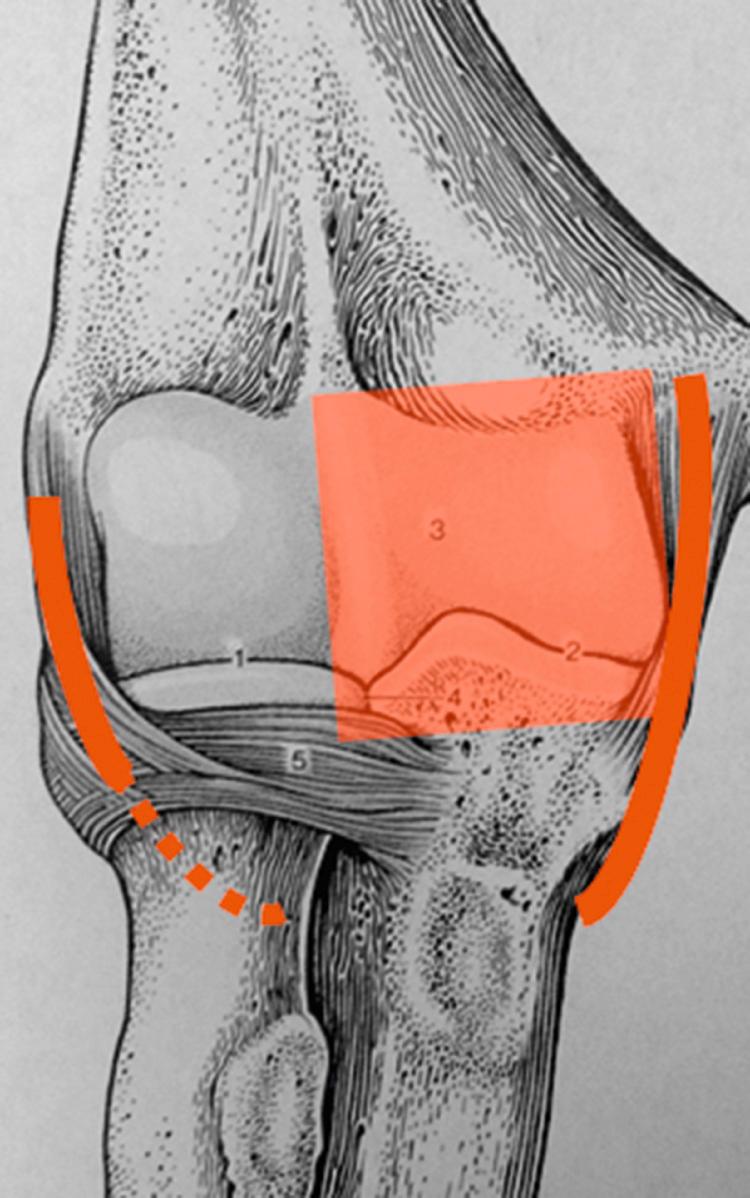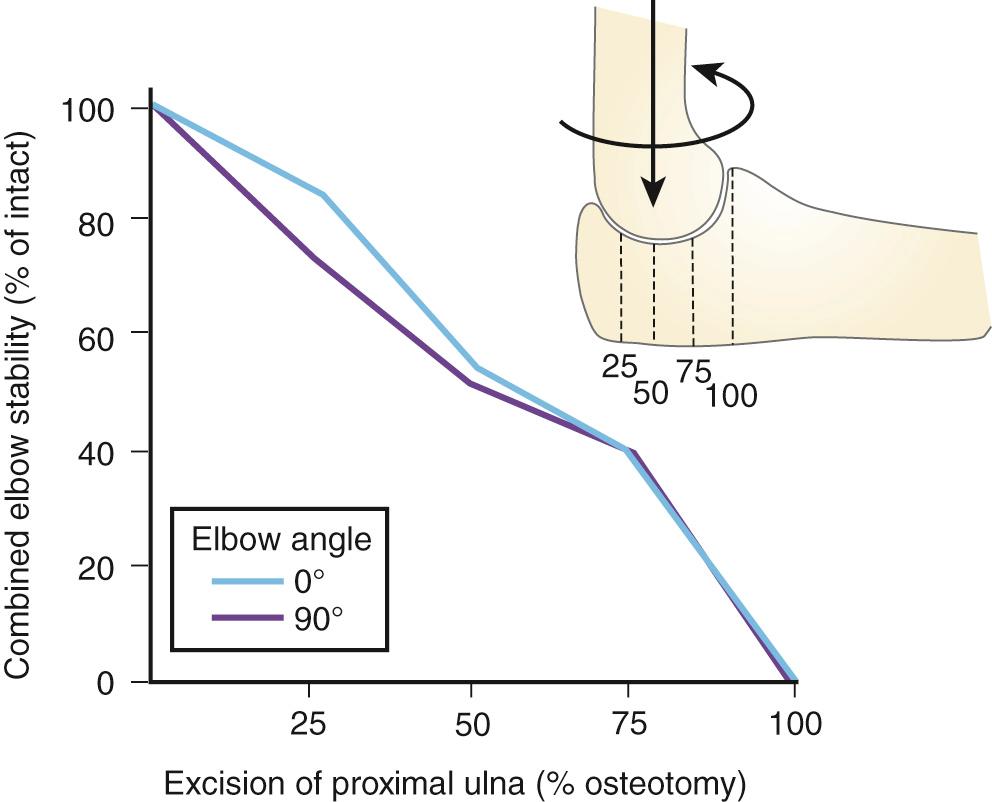Physical Address
304 North Cardinal St.
Dorchester Center, MA 02124
Injury to the elbow joint may cause damage to the stabilizing elements such as bony structures or ligaments. Profound knowledge of these stabilizing elements is the basis of adequate treatment and success to restore a stable and functioning elbow joint.
Complex instability of the elbow is defined as instability caused by a traumatic injury to the articular surface and to the ligamentous structures. The clinical presentation is usually one in which the instability is obvious, but more subtle forms are being recognized. In this chapter, the relative contributions of the articulation and the ligaments to normal stability, as well as to their interactions, are first defined. We then offer a rationale for the reliable treatment of a spectrum of these acute injuries.
Although the distal humerus is sometimes involved, for the purpose of this discussion, it is assumed that the distal humerus is intact. Therefore, the elements to be considered are the olecranon, the coronoid, the collateral ligaments, and the radial head. Clinical and in vitro studies have analyzed the role of the stabilizing structures to elbow stability and have improved the comprehension and management of elbow stability.
There are three major independent stabilizers of the elbow joint: the ulnohumeral joint, the anterior bundle of the medial collateral ligament, and the lateral ulnar collateral ligament ( Fig. 36.1 ). These three key elements for elbow stability alone allow for a stable, functioning elbow joint. Although the radial head is a “secondary stabilizer,” in the context of the unhappy triad, it assumes the role of a primary stabilizer.

The anterior bundle of the medial collateral ligament connects the distal humerus and the proximal ulna on the medial side of the elbow and is the major valgus stabilizer of the elbow joint ( Fig. 36.2 ). The radial head is the secondary stabilizer. This has been shown in an experimental study by Morrey et al. Resection of the radial head does not cause medial instability, if the medial collateral ligament is intact ( Fig. 36.3 ). If the anterior bundle is deficient, some medial instability occurs, but gross medial instability is seen only when the radial head has been additionally resected.


The lateral ulnar collateral ligament connects the distal humerus and the proximal ulna on the lateral side of the elbow ( Fig. 36.4 ) and is the major stabilizer resisting varus and functions with the coronoid to be a major source of resistance to posterolateral rotatory instability.

The ulnohumeral joint consists of the trochlea of the distal humerus and the two articular components of the proximal ulna: the olecranon and the coronoid process. It is a very congruous joint, and the coronoid is a major determinant of stability of the elbow.
The stabilizing influence of the ulnohumeral joint is difficult to consider without consideration of the collateral ligaments. Therefore, the isolated articular contribution has not been studied to any great extent, and consequently the exact role of the olecranon in complex instability of the elbow is not known.
A sequential resection of the olecranon study in our laboratory tested displacement and kinematic alterations for various resting loading configurations. The stability was proportional to the amount of olecranon present, and gross instability was observed after resections of more than 75% of the olecranon that affected the insertion of the collateral ligaments ( Fig. 36.5 ). Our clinical experience confirms that 50% of the olecranon should be present to provide ulnohumeral stability.

Become a Clinical Tree membership for Full access and enjoy Unlimited articles
If you are a member. Log in here